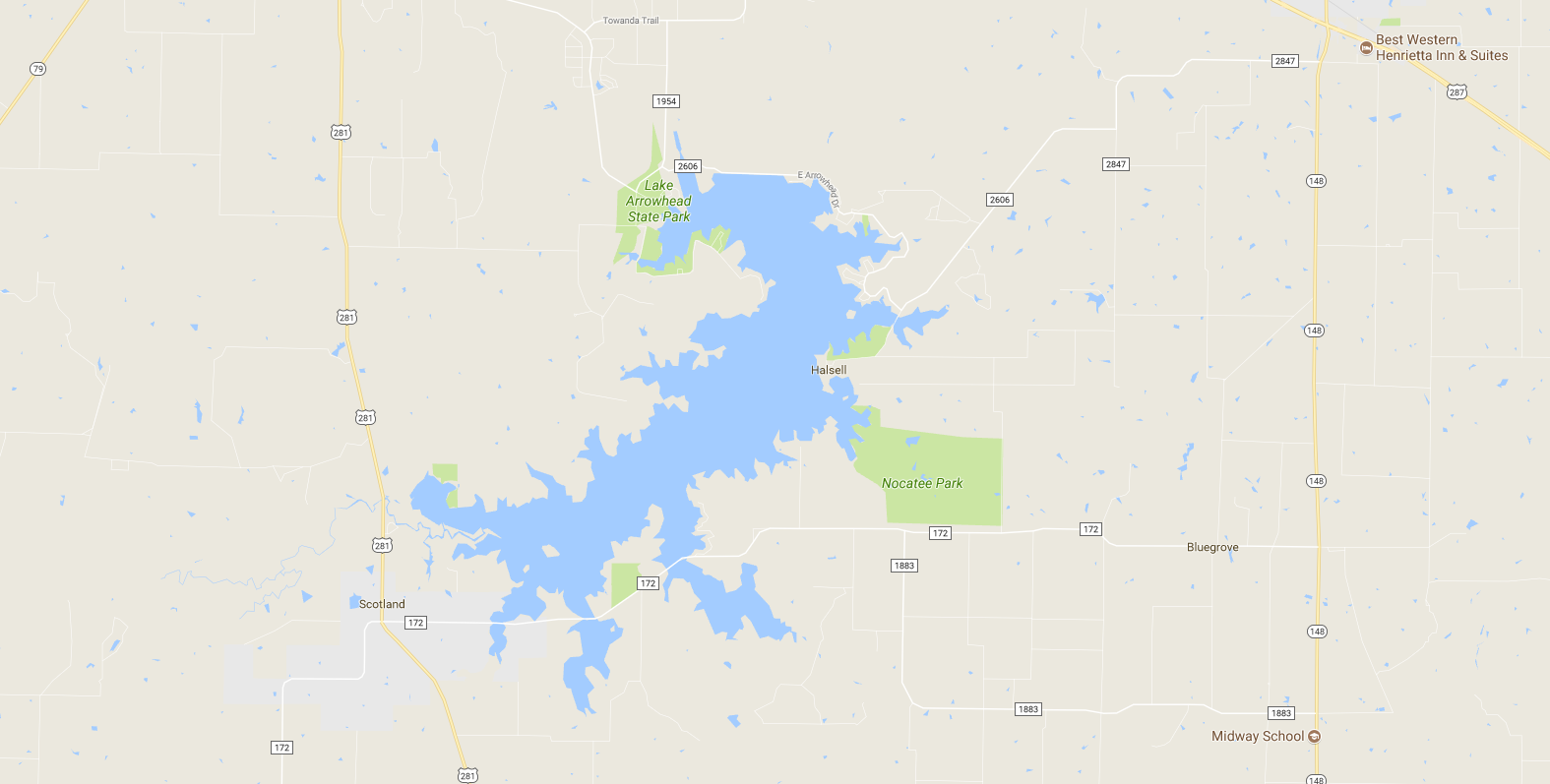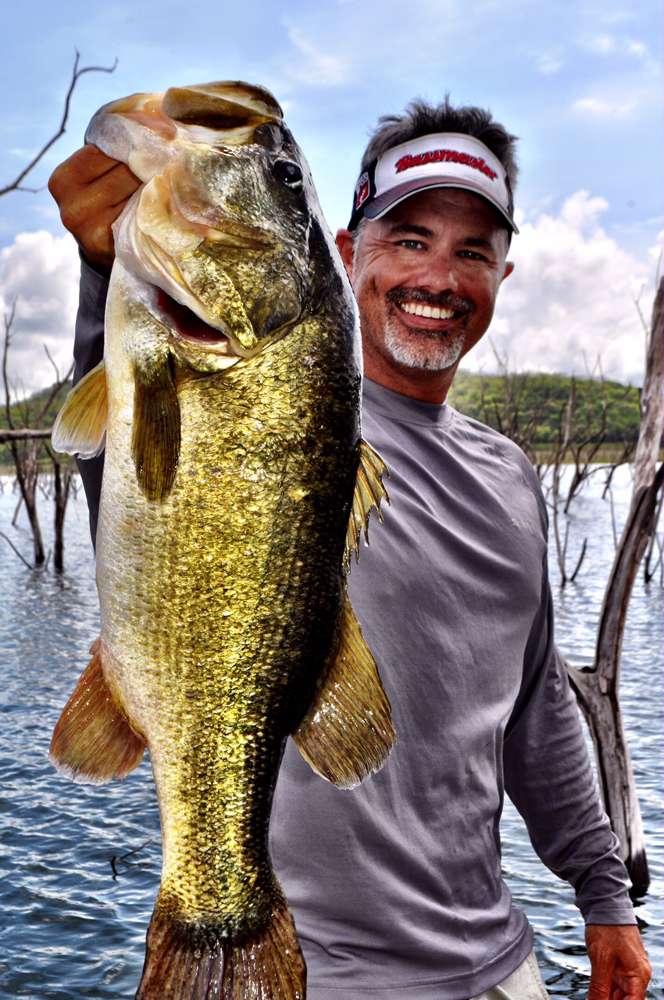
Growing up on the muddy western bank of Lake Arrowhead in north Texas, I’d often wonder about fishing on the east side of the lake. My brother and I spent the lion’s share of our preteen summers wade-fishing within a cast of my grandparent’s dock. The lake seemed immense, and there was little doubt in our minds that piscatorial treasure surely lurked in the nether reaches of the water body; areas we could not get to. We’d also hear tales of other nearby lakes at the local bait shop. Possum Kingdom, Lake Ray Roberts and Lake Texoma were subjects of lore in our minds. These fisheries might as well have been on the other side of the globe. According to Saint Augustine, I was only a sentence into the world of fishing.
In the pages of the July/August issue of Bassmaster Magazine, my hope is that inspiration for new chapters in your personal novel will bubble to the surface. Six years ago, we initiated the seemingly impossible task of ranking the best 100 bass fisheries in our nation. Admittedly, that list could have been more accurate. (We have since refined our ranking process with each passing year and now provide the most comprehensive research effort conceivable.) But, it did open my eyes to unfamiliar fisheries across the nation that offered not only exceptional bass angling, but also tastes of scenery, local culture, and regional lures and techniques that expanded and enhanced my knowledge base of the sport.
After that first installment of the rankings, I have maintained a bucket list of fisheries I want to experience. I have been fortunate enough to check off several the past five years, including Falcon Lake in Texas (our first No. 1 lake in the nation), California’s Lake Berryessa (maybe the best option for anglers to catch a trophy largemouth, smallmouth and spotted bass in the same day), as well as Mille Lacs in Minnesota (the biggest mover in the rankings this year). Trying to keep the momentum headed in the right direction, I recently visited the upper Mississippi River, just south of LaCrosse, Wis. (it was ranked 19th in the Central Division last year).
The northern section of the Mississippi River is not what I expected. I have fished the Memphis, Tenn., area, and understand why they call Old Man River “The Big Muddy.” I have fished the Mississippi out of Venice, La., where it drains into the Atlantic, flowing through the vast maze of roseau cane fields in the Louisiana Delta. The upper portion of the river couldn’t be more opposite.
After an alarming amount of rain, the river was swollen well out of its normal banks, flooding backwater areas where the bass move to get out of fast-current areas. I landed seven different species of fish, including largemouth, smallmouth and an 8-pound walleye. The water was green and fertile and the flooded backwaters teemed with bait, waterbirds and a great assortment of predator fish willing to eat vibrating jigs, spinnerbaits and lipless crankbaits. Yes, the upper Mississippi made the cut again this year, and I highly recommend adding this chapter.
Be sure to take a gander at not only the best 100 bass fisheries we found in the U.S., but also the international destinations we’ve included in this issue, as well. I’ve been fortunate enough to fish in both Mexico and Africa, and can attest to the incredible largemouth experiences in these countries.
Oddly enough, after almost 20 years of fishing-related travel through my job, I still have yet to fish the east side of Lake Arrowhead. Although the fishery did not make the 2017 rankings, it now sits at the top of my checklist. There are a few paragraphs I need to complete, questions that still lurk in the back of my mind that need to be answered. Plus, Possum Kingdom, which I still have never set eyes on, is only an hour and a half south.

